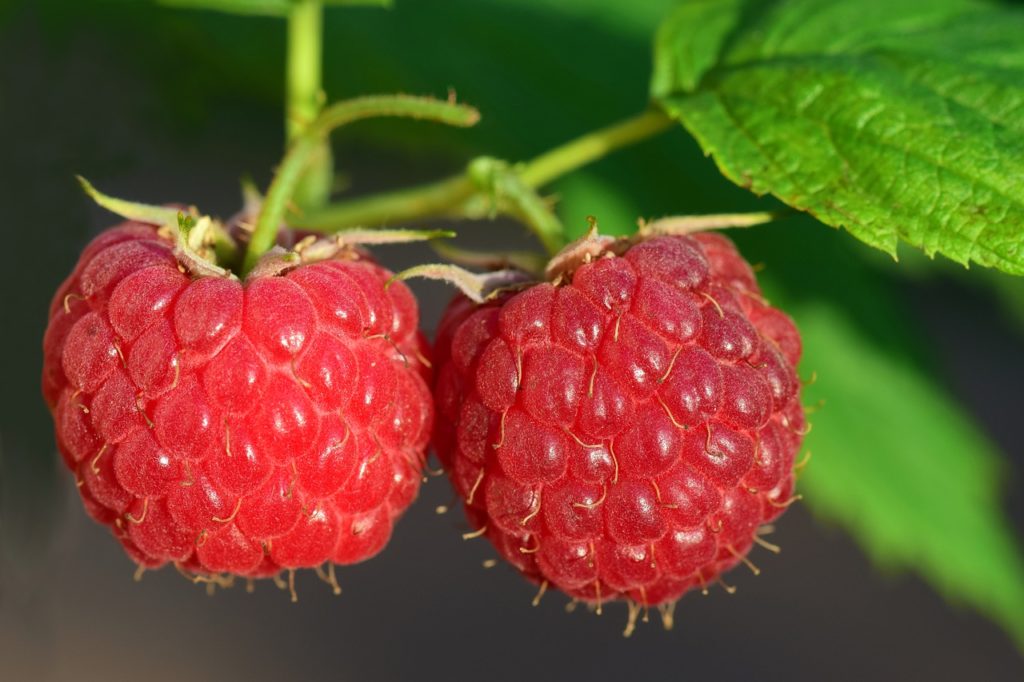All fields are required
Posted in Cyclospora,Cyclospora,Food Safety,Our Blog,Outbreaks & Recalls on March 1, 2019

In 2018, Cyclospora became the reason behind one of the largest outbreaks in US history. It caused a total of 761 illnesses and even caused McDonalds to stop selling salads in over 3000 locations. This outbreak occurred in July 2018. Another Cyclospora outbreak occurred in September 2018 resulting in 250 illnesses. The reason behind both of them were pre-processed salads. The former was sold by McDonald’s and the latter by DelMonte. Both outbreaks caused heavy stir in the people and raised concerns over the parasite. But Cyclospora is becoming more and more common, with peaks in the spring months. Are we about to have a Cyclospora spring again?
Cyclospora is caused by a parasite called Cyclospora cayetanensis. It was unknown before 1990, but has been on rise since its discovery. The foodborne illness is often associated with the ‘travelers diarrhea’. It can infect anyone who has consumed water or food contaminated with the parasite. The incubation period is within 2 to 11 days. Symptoms are usually ‘explosive’ diarrhea, abdominal pain and vomiting. In normal individuals, the illness subsides on its own. Those more at risk are children, elders and those who have compromised immune system.
How to prevent Cyclospora on industrial level:
Maintaining personal hygiene: Contamination can occur at any point of farm to fork cycle. Most pathogens spread through fecal-oral route including Cyclospora. Once any individual gets Cyclospora, he begins to shed it in the feces. He will continue to shed it even after recovering from the infection. When this individual does not wash his hands properly after going to the washroom, he can spread the parasite to the produce. This can happen at the farm level or the manufacturing level.
Every person working in the food cycle should be properly informed about sanitation and hygiene practices. They should also be aware of the nasty outcomes when one doesn’t follow them. Training of employees could be as simple as demonstrating proper hand washing technique and reminding them to wear gloves.
Also, make sure that toilets and hand-washing stations are close to the working area. Ill employees are also more prone to spread infection so they should stay at home until they recover.
Manure Management: Improperly treated manure can be a source of pathogens. Root crops and crops that grow near the soil like green leafy vegetables are most vulnerable to pathogens that live in the soil. You should also make sure that manure is kept as far away from fresh produce as possible.
Water: Water can be a direct source of contamination for fresh fruits and vegetables. The contamination can happen at the time of irrigation, application of pesticide or fertilizers or at the time of frost control. Post-harvest, water is used for washing, rinsing, cooling, washing and transport. Even small amount of contamination can cause illness.
Antimicrobial chemicals in water can help reduce microbial build up in water. For irrigation, choose underground water over natural surface water. This is because the latter is more prone to getting contaminated due to external sources.
Pre-Harvest Considerations: Provide proper bathroom facilities. Hand picking can increase the chances of contamination. Field crews should be trained on proper food safety practices and the unfavorable outcome if they are not followed. If you are using mechanical harvesters, then make sure that the machine is cleaned from time to time. Field containers should also be properly cleaned.
Post-Harvest Considerations: Packing material and packing equipment should be cleaned thoroughly too. If someone has tainted any equipment with the parasite, then the pathogen can get transferred to many batches of food. This situation can be prevented by properly cleaning the device frequently.
If you are purchasing imported produce from outside especially those that have often been linked to the parasite like green leafy vegetables and berries, make sure that the importer is following proper food safety rules. You can do that by visiting their manufacturing facility and checking whether the workers are following the food safety rules like washing their hands, cleaning the surfaces etc.
If you are going to package the produce yourself and just importing the raw fruits and vegetables, then visit the farm facility. Farm activity can play a pivotal role in contamination of produce. Check the microbial quality of water, presence of animals and wildlife near farm, manure management and personal hygiene of farm workers.
You should ask questions from the owner about rules of hygiene and sanitation they follow. When any company outside US is selling their products in the country through a third party, it becomes difficult to monitor them. And even if their products are involved in an outbreak, it is difficult to investigate them. Therefore, it is always smart to cover these food safety steps in the initial stages of your collaboration.
Follow the same steps if you are a company that’s selling pre-packaged salads to customers which you have bought from another source. McDonalds was actually getting its salad mix processed from a third party. You should always be aware of the food safety practices your suppliers are using.
If you are working in a food service establishment such as a restaurant or a food stall, follow the same food safety rules. If you are the owner, it’s your responsibility to train any new employee that you hire. You can also put hand washing posters around the kitchen area so that employees get reminded of this basic but important rule.
How to prevent Cyclospora at home:
Preventing cyclospora is all about following these basic safety rules. By keeping them in our mind we can fairly reduce the risk of contamination in commercial foods and maintain consumer safety.
By: Pooja Sharma, Contributing Writer (Non-Lawyer)